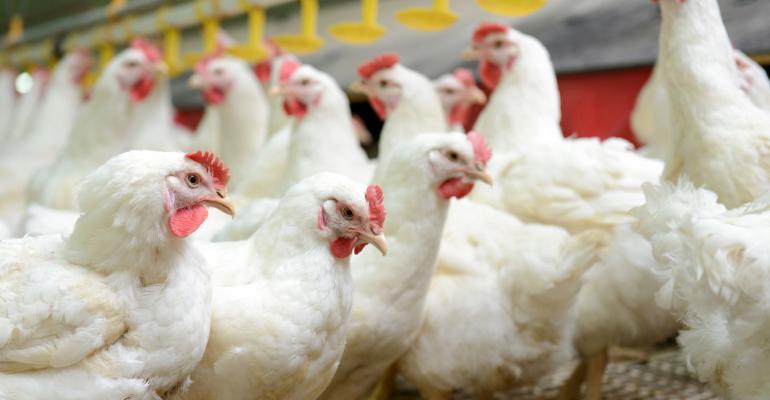Slow vs. fast growth rate regimen and its relation to animal welfare evaluated
USPOULTRY and the USPOULTRY Foundation have announced the conclusion of a research project funded by the University of Georgia, which examined the relationship between slow and fast growth rate regimens and their impact on animal welfare.
April 16, 2024

TUCKER, Ga. - USPOULTRY and the USPOULTRY Foundation announce the completion of a funded research project by researchers at University of Georgia that evaluated slow versus fast growth rate regimen and its relation to animal welfare.
The research was made possible in part by an endowing Foundation gift from Wayne-Sanderson Farms and is part of the Association’s comprehensive research program encompassing all phases of poultry and egg production and processing.
The research is titled: “Longitudinal Assessment of Skeletal and Cardiac Structures in Broilers Reared Under Slow Versus Fast Growth Rate Regimen and Its Relation to Manifestation of Lameness, Ascites and Woody Breast Condition.” It was conducted by Dr. Prafulla Regmi, Department of Poultry Science Department, University of Georgia, Athens, Ga.
Regmi, assistant professor at the University of Georgia, and other colleagues conducted a study of the longitudinal assessment of skeletal and cardiac structures in broilers reared under slow versus fast growth rate regimen and its relation to manifestation of lameness, ascites and woody breast condition. The goal of the study was to identify physical and physiological markers associated with welfare issues in broilers grown at different rates.
The research findings suggest that growth restriction can improve welfare outcomes of broilers. However, the extent of restriction does not necessarily have to be below 50 g/day as recommended by some third-party organizations. Furthermore, reducing growth rate does not increase breaking strength of the bones.
You May Also Like

.png?width=300&auto=webp&quality=80&disable=upscale)

